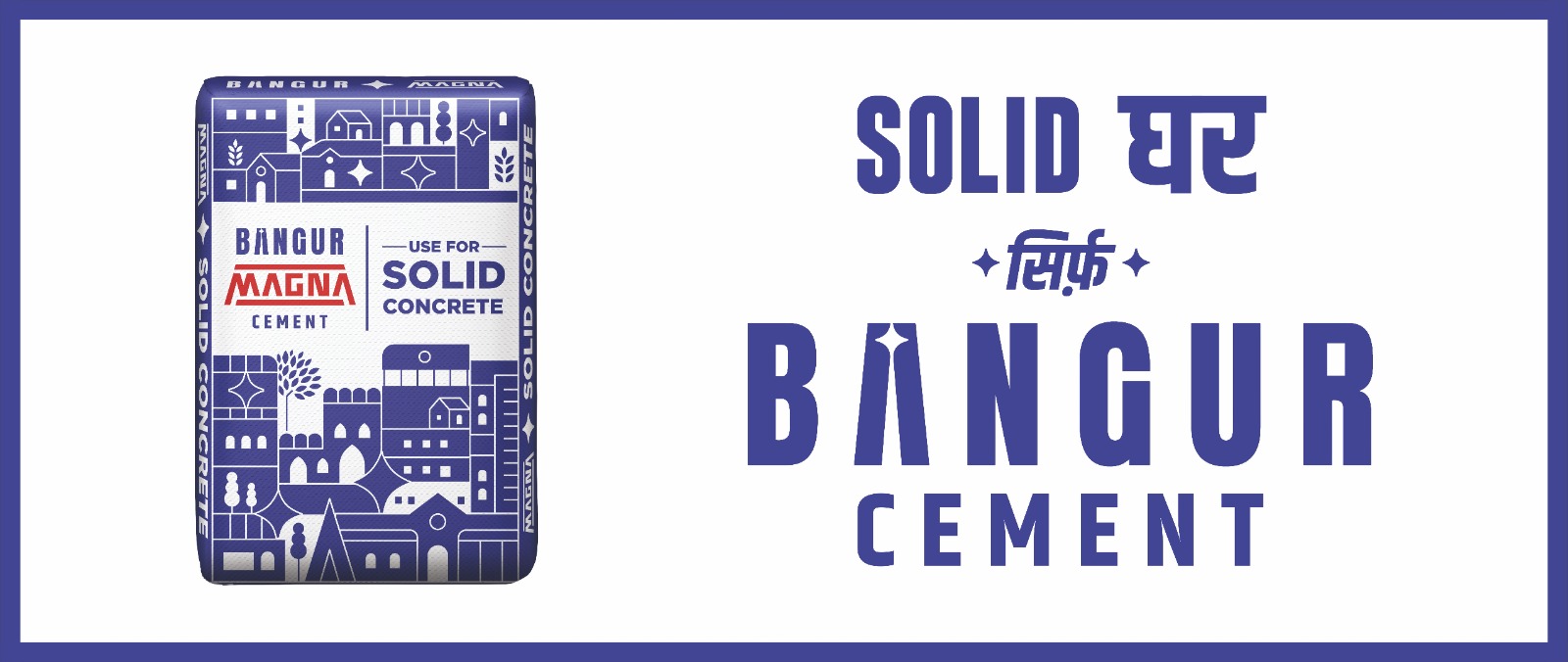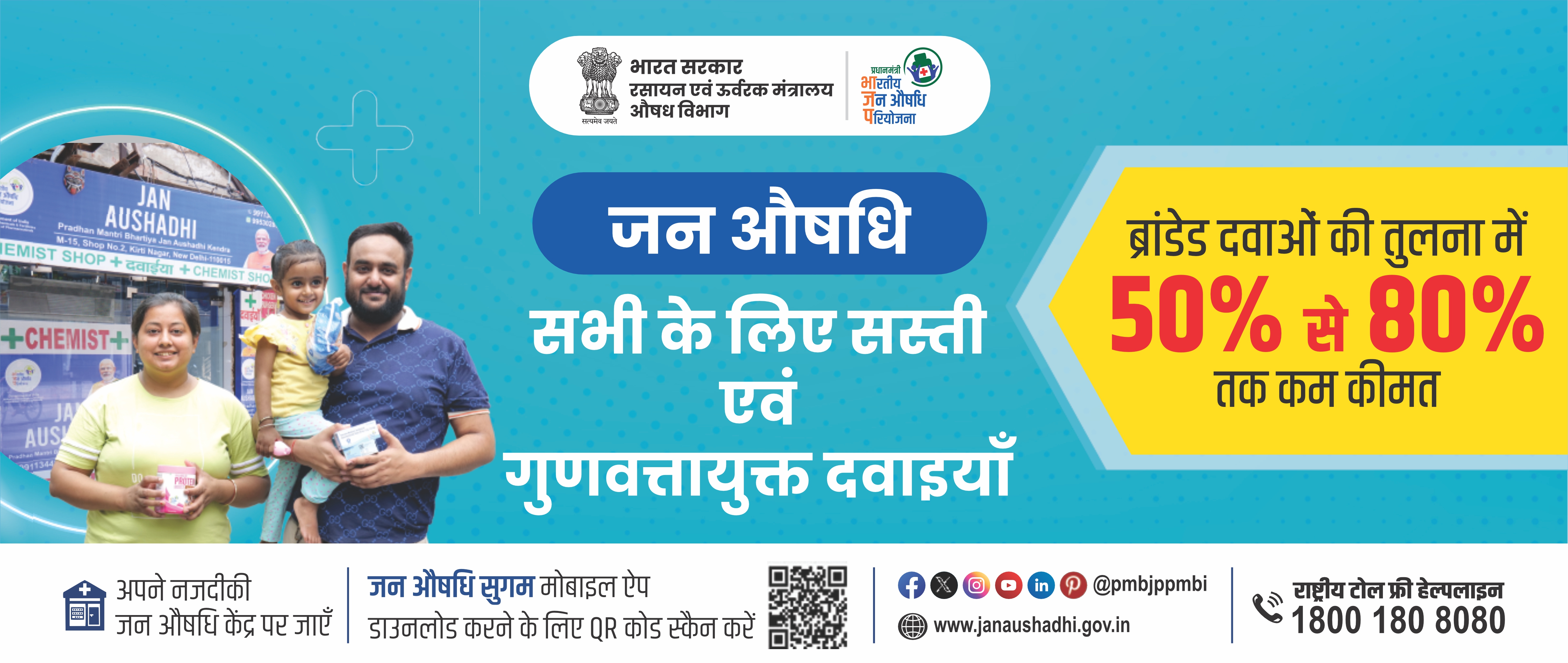New Delhi (06.07.2021): The latest edition of RBI's Financial Stability Report (FSR) indicates that the retail real estate sector is seen to have recovered as the number of unsold housing units had climbed down to a 24-month or two-year low. But the future remains foggy in view of the various agencies slashing their FY22 GDP forecasts to 8-9%. Of course, the easy money policy of banks for the housing sector may prove a boon for retail home buyers.
According to the FSR, the number of unsold housing units slid to 7 lakh on March 31, 2021, from about 8.5 lakh units in Q1FY20. Unofficial housing sector reports indicate that the decline in the inventory levels has continued since March 31, 2021.
The FSR notes: “The slowdown in the housing market witnessed even before the onset of the pandemic bottomed out in the first quarter of 2020-21. During the third and fourth quarters of 2020-21, residential housing property registration and sales across major cities exceeded their pre-pandemic average levels. This was aided by stamp duty cuts by some States; unmet demand during the Covid-19 related restrictions in H1:2020-21; and moderation in interest rates.”
As pointed out in a report of Indianmandarins on 05/07/2021, the higher offtake in the retail housing sector is largely due to the huge credit extended to retail buyers at low-interest rates at the cost of the MSME sector.
However, housing retailers can still find it difficult to clear the backlog as the pandemic-induced slowdown is not yet decisively reversed. Recognizing this, CARE Ratings has observed that even with lower inventory, it could take more than 45 months to clear the backlog compared to about 27 months two years ago.
It said in its latest report: “The pandemic has impacted the livelihood of several households in terms of expenditure incurred on treatment and preventive medication. Focus on savings rather than investing in big-ticket property will work towards moderating demand. There was already an overhang of debt burden in terms of the moratorium that was provided last year. Therefore, it will be interesting to see how demand plays out, especially in the mid-segment.”
Using the RBI data, CARE Ratings has pointed out that housing prices appeared to have recovered in Q4FY21 as the economy emerged gradually from the pandemic. Growth of 2.7% in the RBI HPI looked like a stepping-stone in the upward direction as it rose from 1.1% in Q2 to 2.2% in Q3 of the year. "However, the second wave that has come in April has disrupted the sector as it has affected livelihoods and spending power as well as diverted attention to health for the majority of households. While there can be some pent-up demand emerging during the year, the impact on prices in FY22 would tend to be moderated".
The Ratings makes the following observations in its latest report on the housing sector:
1.Going forward, the movement in HPI would be influenced by demand-side factors as well as inventory levels. Reliefs provided on the supply side like stamp duty or other facilities by the government for the real estate sector as part of the Atmanirbhar package will also influence the prices to an extent. But more importantly, the cost factor will weigh heavily on this sector.
2. The pandemic has impacted the livelihoods of several households in terms of expenditure incurred on treatment as well as preventive medication. Focus on savings rather than investing in big-ticket property will work towards moderating demand. There was already an overhang of debt burden in terms of the moratorium that was provided last year. Therefore, it would be interesting to see how demand plays out, especially in the midsegment. The higher-end prices are relatively less influenced by these generic factors while the affordable segment at the lower end has its thresholds.
3. A concern here is the spike in global commodity prices which has been witnessed even in India. The cost of construction has gone up like steel, cement, copper, aluminium products, sanitary ware etc have been increasing. This will tend to put pressure on the cost of the project which can pressurize prices. The real estate sector must work towards this cost transmission which will not be easy when demand conditions are low.
4.Therefore, there are countering factors at work and our expectation is that for the year, the ability of the sector to push prices beyond 2-3% may not be possible. This too will not be evenly spread across cities and the larger cities like Mumbai, Delhi, Kolkata, and Chennai could remain relatively flat with virtually no growth.
The bottom line is that the retail housing sector could see an acceleration in demand only when the pandemic is brought under control and the economy put on the rails. This does not seem feasible in the immediate future and short term.
The Purchasing Managers’ Index (PMI) report released by HIS Markit for June 2021 shows that the services sector that contributes 57% to India's GDP registered further contraction to 41.2 from 46.4 in May. The worst thing is that job shedding accelerated. The services sector PMI data followed hard on the heels of the depressing data for the manufacturing sector where, too, job shedding is taking place.
Both PMIs are prepared by compiling responses from questionnaires sent to a panel of around 400 companies each from the manufacturing and services sectors. A diffusion index is calculated for each survey variable. The indices vary between 0 and 100, with a reading above 50 indicating an overall increase compared to the previous month, and below 50 an overall decrease.
(By MK Shukla & Rakesh Ranjan)
































